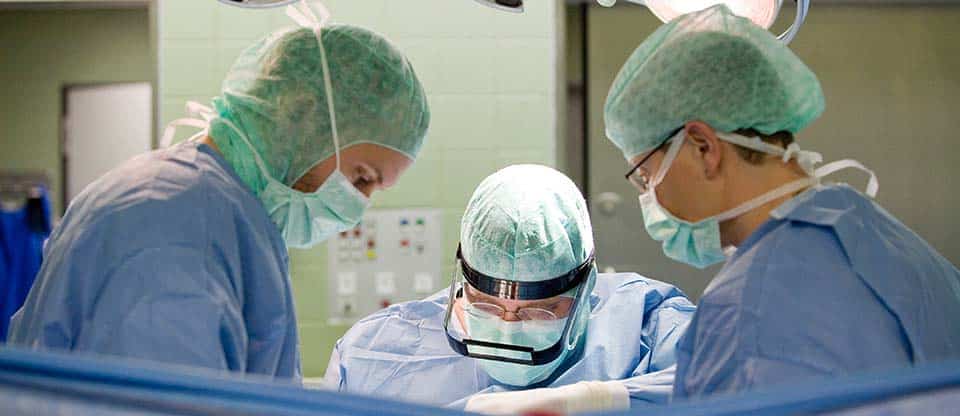Initially, the tumor spreads inside the testicle. With subsequent growth, the tumor can pass through the connective tissue membrane covering the organ and grow into neighboring tissues. Thus, the epididymis and the vas deferens can be affected.
When the nearest lymphatic vessels are affected, cancer cells with lymph flow enter the lymph nodes located along the abdominal aorta in the retroperitoneal space. If tumor cells enter the bloodstream, they can affect any other organ. There they can settle and begin to multiply, thus, daughter tumors (metastases) arise. In testicular cancer, metastases are especially often formed in the lungs. The spread of the tumor in the body is an important criterion for choosing the most appropriate treatment method for the patient. For a more accurate description of the tumor, it is divided into different stages depending on the prevalence.
The division is based on three main features:
- The prevalence of tumor in the testicle (T) and, accordingly, it is divided into stages T1 - 4. Participation of lymph nodes (N) in the retroperitoneal space, and they are divided according to the sizes N1 (up to 2 cm), N2 (from 2 to 5 cm) and N3 (more than 5 cm)
- npresence of metastases in organs (M), T1 N0 M0 in this case will mean that it is a small tumor without lymph node involvement and without metastases. For progressive tumors, there is a further classification: IGCCCG - classification. It takes into account the oncomarker AFP, Beta-HCG, LDH
- According to the prognosis of the tumor while divided into 3 groups, they differ in therapy. The next very important criterion for determining the treatment plan is the type of tumor that the patient has. The type of tumor is determined by histological examination of testicular tissue removed during surgery. Distinguish between seminoma and non-seminoma
Video
Request appointment
Useful links















